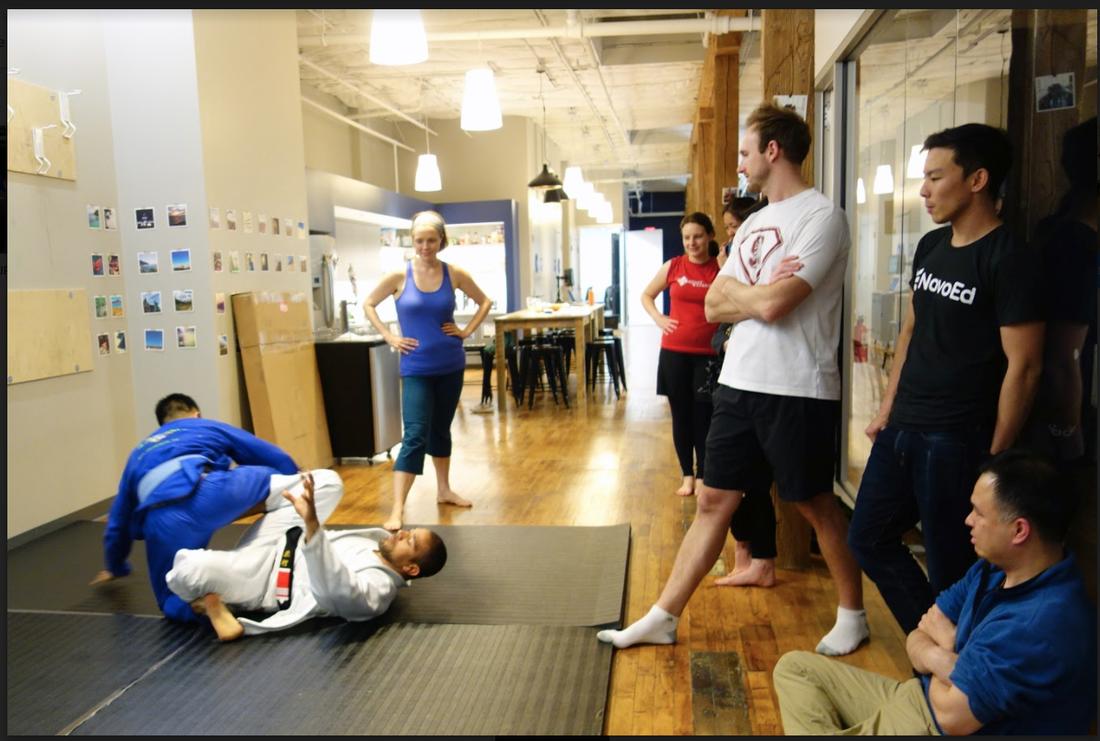
There are many ways you can defend yourself against an attacker who is wielding a knife. You can avoid the threat, maintain distance, use two-handed control and keep things simple. However, these methods can often leave you severely injured or even killed. Unarmed techniques are the best options if faced with a knife-wielding attack.
Avoidance
The concept of avoidance is key to self defense against knife attack. Although running away from a knife threat might seem the easiest option, it is not always possible. Running away can be difficult as many spaces are small and filled full of obstacles. It is also possible that an attacker will be more agile than you are so it's important to learn different techniques.
Avoiding the knife threat entirely is the first and best defense strategy. This means that you should try to move away from the attacker and take control of his knife or arm before he can cut you. Avoid wrestling with the attacker as this can cause your own injuries and cuts.

Distance
It is best to get away from the attacker to protect yourself against a knife attack. This will create space and give you more time to respond. As a barrier, you can also use objects. These can be anything from cars and trees to mailboxes and pieces of furniture. These items will prevent attackers from using your space for attacks.
A well-trained male of approximately 18 to 32 years of age can close a distance of seven to ten yards in two seconds. A seasoned professional can close that distance in less than a second.
Two-handed control
You can take control of the situation by striking the attacker in the face and grasping his arm with both your hands. To put the attacker on defense, you can also strike him in the face. There are various other methods to gain two-handed control, but the preferred method uses the Pekiti Tirsia knife tapping drill.
Keep away from the attacker to be safe against a knife attack. This will give you more time and space to react to the situation. You can also create distance between your attacker and you by using objects. It is possible to use objects, such as cars and mailboxes, or furniture, to buy your time.

Simpler things
Self defense against knife attacks requires keeping things simple. Controlling your immediate environment, time and space is crucial for self defense against knife attacks. The more space you have, the more options you have to react to a situation. You have fewer options and less time to solve your problem the smaller the space.
Try different training knives, and improvised tools. These will allow you to improve your skills and not rely on your memory. Your instincts and reflexes will allow you to react quickly in most situations. You should also use knives that you feel comfortable with.
FAQ
Do stun guns hurt people?
But it's not. A stun gun works by shooting a small amount of current into the skin.
This doesn't cause permanent damage.
What does the stun gun do for an attacker
A stun gun uses electric current to incapacitate someone. The stun gun causes muscle contractions that stop them moving. This makes them unable to fight back.
Stun guns are most effective when used in the neck and head areas.
The most common way to use a stun gun is to shoot at the person's body part until they fall unconscious.
To scare attackers, some stun guns emit high-pitched sound effects. These types of stun guns are called TASERs.
What is the best weapon to carry for self-defense?
Sharp knives are the best weapon you can use to defend yourself. A knife is the best weapon for self-defense.
A $100 folding knife is not necessary to be protected. You can get the job done with a simple knife and a pocketknife. You can also add additional tools to make sure you are ready for anything.
Which place is best for self-defense training?
In your own backyard, self-defense is best. However, if you don't have enough space, you can practice anywhere else.
You can practice anywhere you like, including in a parking lot, a park, or in your living space. Be aware of where you are and what is around you.
It is very dangerous to practice alone. Always practice with a partner.
Statistics
- Most likely, the person will want some kind of boxing match, so if you can out-box them, this would be 100% ideal for survival. (budodragon.com)
- Most likely, you'll get tapped out by 90% of the people in your first 3-5 months. (mmaclan.com)
- Some people walk into a gym thinking they are going to become the best by training whenever they like and not putting 100% effort in. (budodragon.com)
- The Rape, Abuse & Incest National Network reports that 70 percent of sexual violence cases aren't committed by random strangers in a dark alley but by people we know: friends, family, partners, co-workers, etc. (healthline.com)
External Links
How To
How to use stun guns for self-defense
Using a stun gun is the best way to defend yourself from an attacker. If used correctly, stun guns can be dangerous. They do not hurt anyone who does not have a heart condition as they cause temporary paralysis. At all times, you should have a stungun with you. Pull the trigger and shoot at anyone who tries to attack your body. This will stop the attackers dead in their tracks.
If you want to learn how to use a stun gun for self-defense properly, read on below:
-
Always point your weapon towards the target.
-
The chest area should be your goal.
-
Only once pull the trigger.
-
Keep the weapon in your hands.
-
Keep the weapon pointed at your target until you are unconscious.
-
You must move quickly to ensure safety.
-
After you pull the trigger, don't touch the victim.
-
Use stun guns only in extreme situations
-
Do not attempt to disarm an enemy.
-
Call 911 immediately if you are attacked.
-
Once the attacker is subdued, call police.
-
Do not allow the attacker to get close to you again.